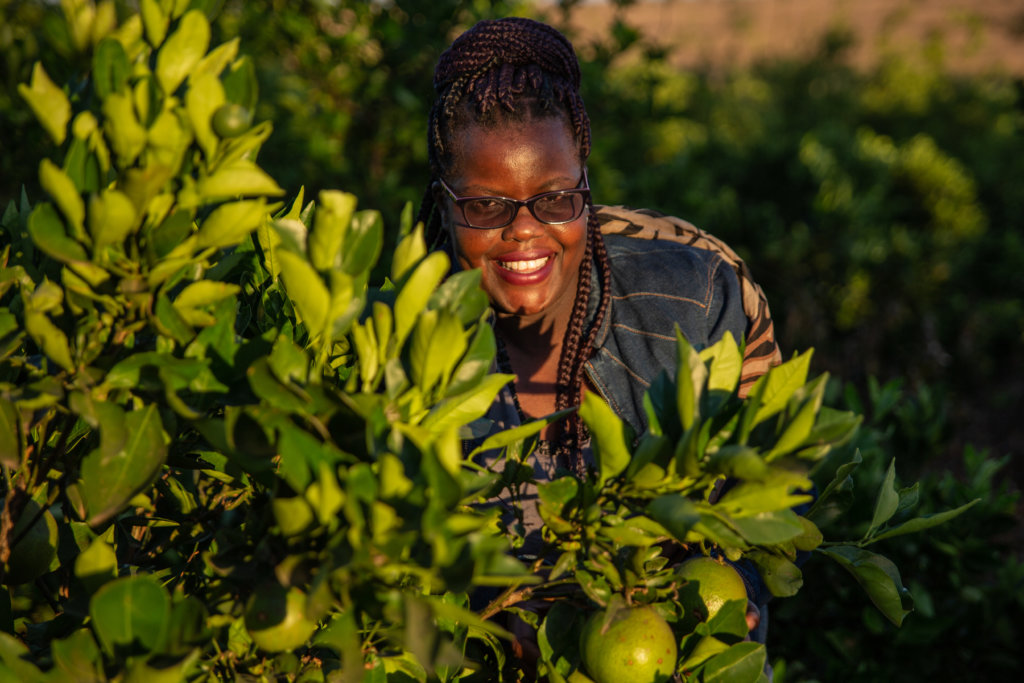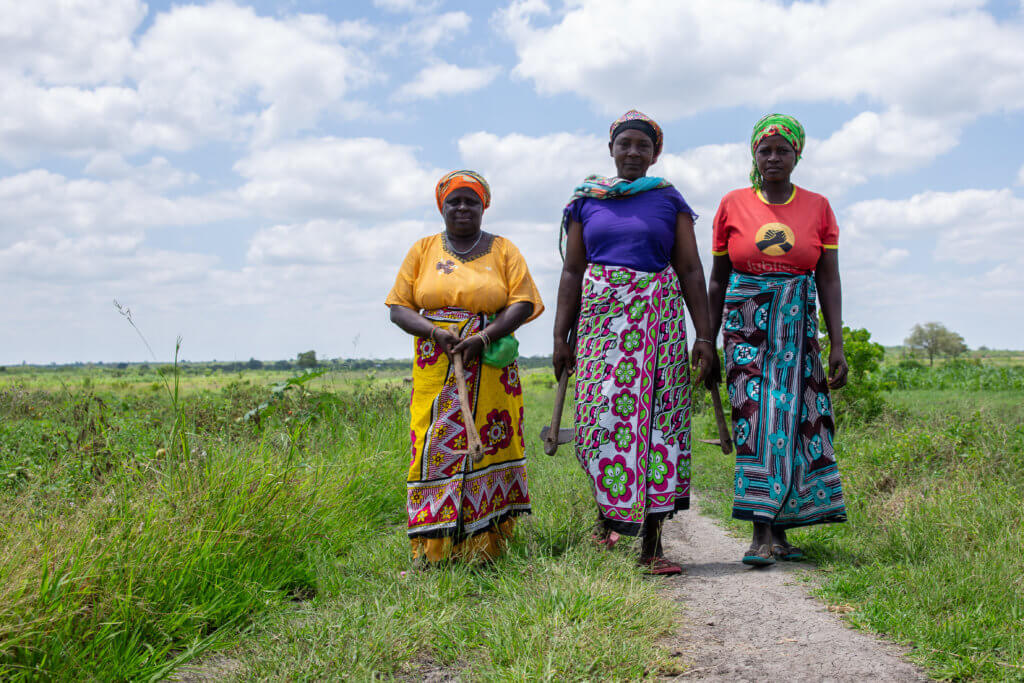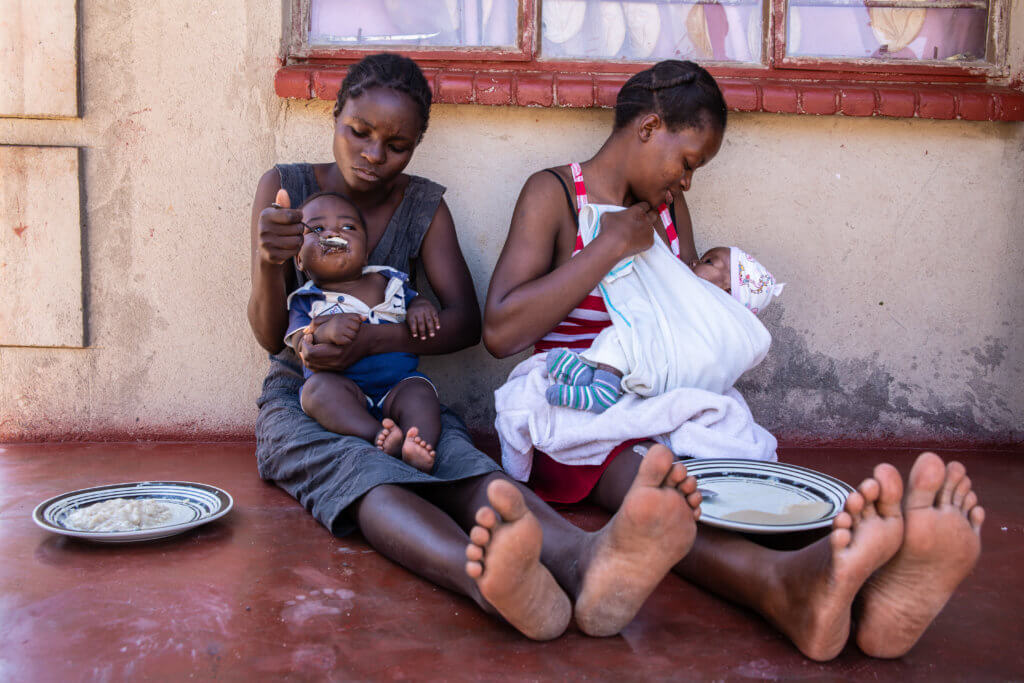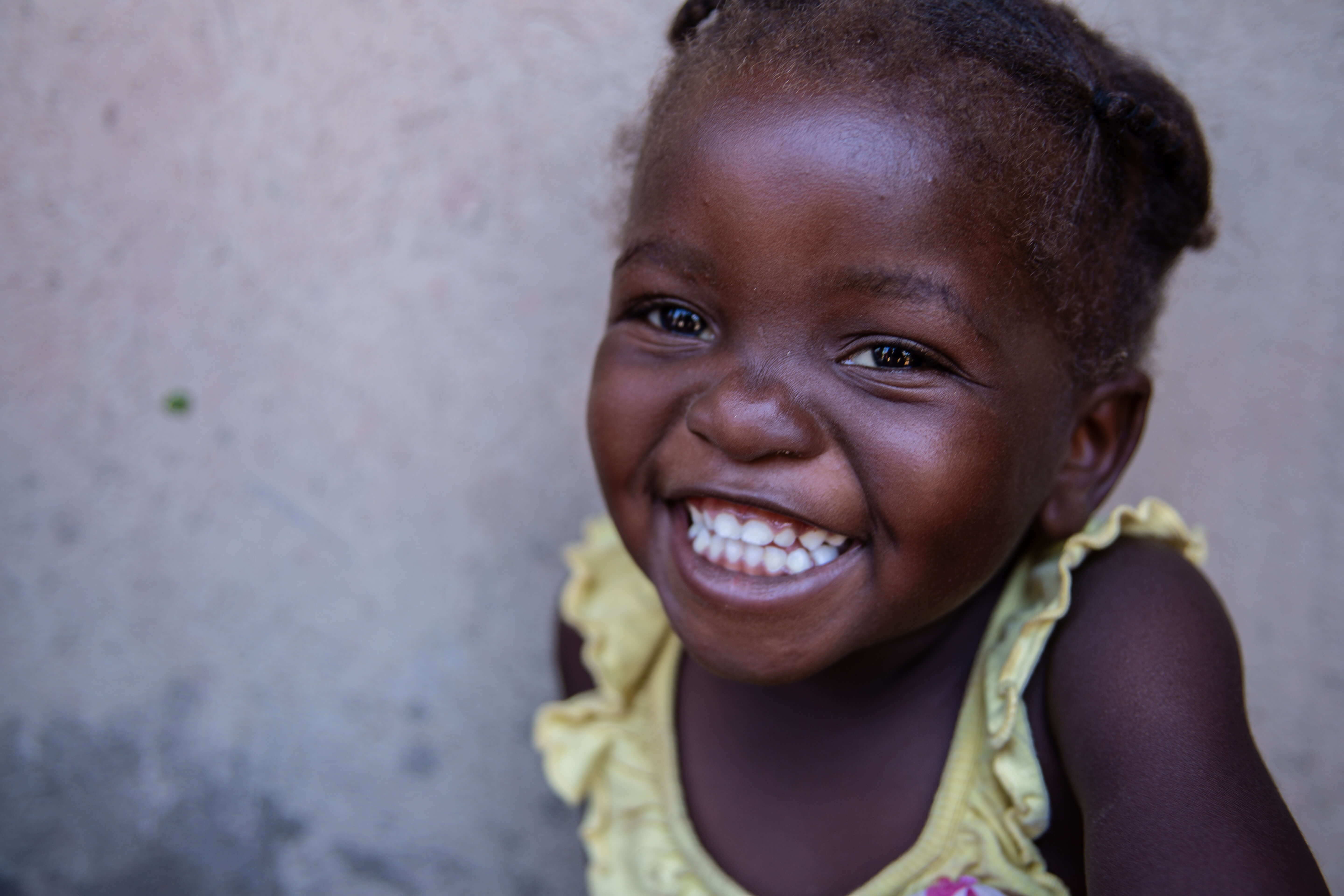Women and Nutrition
Gender inequality, and the low value many societies accord to women and girls, is a core driver of global malnutrition. Without a critical focus on the unique experience of women and girls, societies will never be able to address food insecurity and malnutrition for all.
The SUN CSN is committed to amplifying the voices of women and girls in the collective fight for a world free from hunger, and to advocating for gender transformative policies and programs which address the unique barriers faced by women and girls in accessing nutrition.

The impact of malnutrition and food insecurity on women and girls
Women and girls make up 60% of the world’s population experiencing chronic hunger, and rates of food insecurity are higher for females than males. This gendered inequality is exacerbated further for women who have been marginalised through exclusion from the right to education, unemployment, or discrimination due to personal characteristics like their ethnicity, religion, or socio-economic class.
When food becomes scarce, women and girls face increased challenges and in many households they will eat last, eat little, and eat the least nutritious foods compared to men and boys. The effects of this exclusion can be felt for the rest of a woman’s life as they are placed at a greater risk of anemia and malnutrition later in life, especially if they become pregnant or are breastfeeding.
At the global level, the gender gap in the prevalence of moderate or severe food insecurity has grown even larger in the year of the COVID-19 pandemic, with the prevalence of moderate or severe food insecurity being 10 percent higher among women than men in 2020, compared to 6 percent in 2019 (source: SOFI report 2021).
Adolescent girls face unique needs and challenges as their bodies develop and require nutrition targeted to their specific needs. Increased iron requirements for growth during puberty due to menstruation increases their risk of developing anemia. Global rates of anemia in women and adolescent girls have been rising since 2012. Girls with acute anemia face twice the risk of dying in childbirth or soon after.
Poverty and food insecurity have a wide-reaching impact on young girls’ rights. As girls are typically more likely to be underfed compared to boys, their malnutrition harms their ability to learn and thrive in school. Furthermore, when families are too poor to put food on the table, girls are more likely to be taken out of school to supplement the household income through child marriage or child labour.
An estimated 29.9 percent of women aged 15 to 49 years in 2019 around the world are affected by anaemia now a Sustainable Development Goal (SDG) Indicator (2.2.3). However, the data reveal stark regional differences: more than 30 percent of women in Africa and Asia were affected by anaemia, compared with only 14.6 percent of women in Northern America and Europe. (source: SOFI report 2021).

The role of women and girls in supporting food systems and feeding families
Women and girls make up 43% of the agricultural workforce in the global south, but the proportion is even higher when looking at small-scale farmers. In Africa for instance, 70% of small-scale farmers are women. The voices of the 1.7 billion women living in rural areas of developing countries, are unfortunately largely overlooked. 60% of women in South Asia and sub-Saharan Africa work in agriculture, yet they have less access to resources and services than men, including land, finance, training, inputs and equipment.
Therefore, the rewards of food production are unfairly distributed, and women are losing out. Inequitable access to information and resources means that women are unable to maximise their sales as successfully as their male counterparts. This is exacerbated for women and girls living in rural areas who struggle to transport their goods to market, and face limited access to the necessary agricultural inputs for small-scale farmers like seeds and tools. Most women and girls do not own the land they farm so they must share their profits with the men who typically own the land.
As well as producing much of the world’s food, women and girls bear most of the responsibility for preparing the food on families’ tables. Globally, women are responsible for 85-90% of household food preparation. Women and girls are more likely to spend a greater proportion of their income on food than men do, despite typically earning less than men.
The SUN CSN Commitment to Gender Equality
At the SUN CSN, we recognise that addressing gender inequality is crucial to achieving our overall vision of a world free of malnutrition in all its forms. In our current strategy 3.0 for 2021-2025, the SUN CSN is fully committed to advancing gender equality as a cross-cutting enabler for each of our strategic objectives.
In CSN 3.0, the Network must play a key role in transforming gender norms and championing women and girls’ rights, while engaging men and boys in this effort. We will ensure women and girls are supported to play a prominent role in CSN global and national governance structures, document gender transformative approaches benefiting communities’ nutritional status, and promote gender‑sensitive leadership models within and beyond the SUN Movement.

Key data and statistics
In much of the developing world, the largest barrier for women farmers is their limited rights to inherit, access and use land and other productive resources than men, leading to smaller production by 20-30% when compared to that of men (FAO, 2020[3]). Insecure land rights make women especially vulnerable to land-grabbing : 40% of countries have at least one restriction to women’s rights to property (UN Women 2021). Research suggests that if women farmers had the same access to productive resources as men, they could increase total agricultural output by 2.5 to 4%, lifting 100 to 150 million people out of hunger. (source FAO)
Who do we mean by women and girls?
Across many cultures and societies there is a wide range of understanding and definitions of the various identities within the gender spectrum beyond a simple male-female binary. We know that gender discrimination and harmful gender norms negatively impact every member of society. When gender inequality and nutrition is discussed by policy-makers, it is usually regarding cisgender women (those who were assigned female at birth and who choose to continue identifying as female).
This narrow definition does not adequately capture the experiences of non-binary, gender non-conforming and transgender people. At the SUN CSN we recognise that these identities face unique and acute challenges in accessing nutrition. However, due to a lack of disaggregated data it is not currently possible to adequately identify these experiences and further research is urgently needed to better understand and respond to the exclusion these communities are facing when it comes to nutrition.
Therefore, this page refers to women and girls as those who are assigned female at birth, and those who are perceived as female by their society and therefore experience associated discrimination and exclusion that impacts their rights to good nutrition.


